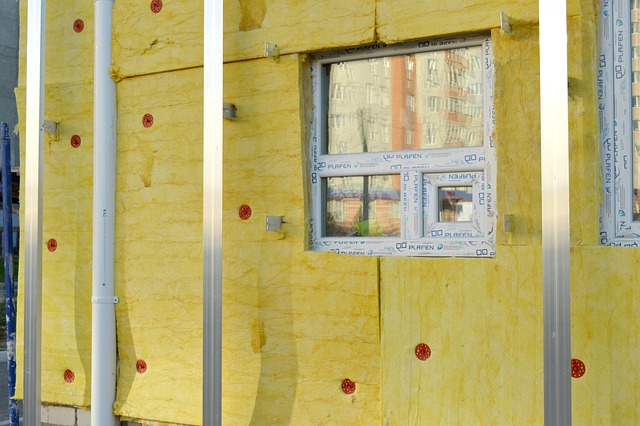In the ever-evolving landscape of audio technology, one remarkable advancement has significantly transformed our auditory experiences: audio compression. This innovative technique reduces the file size of sound recordings while maintaining a high level of quality. As we enjoy our favorite shows on the latest TV displays, understanding audio compression becomes even more relevant, particularly when considering its impact on visualization and overall user experience.
Picture this: You’re sitting in your living room, the dim lights creating an ideal atmosphere to watch a gripping thriller or a heartwarming documentary. The steps you take to create that perfect viewing experience rely heavily on a myriad of technologies working in unison. Among these vital elements is the seamless integration of audio compression with modern display technologies, enhancing how sound complements visual elements on screen.
TV displays have come a long way since the days of bulky cathode-ray tubes. Today’s flat-screen monitors boast beautiful High Dynamic Range (HDR) visuals that captivate viewers. But what truly brings these visuals to life is their accompanying soundscapes. Without effective audio compression, streaming high-definition video content would require substantial bandwidth, resulting in frustrating buffering and subpar quality. Here lies the magic of audio compression—it streamlines audio data, making it possible to enjoy stunning imagery alongside crystal-clear sound.
Let’s delve deeper into the technical side of this fascinating subject. Audio compression comes in two flavors: lossless and lossy. Lossless compression preserves the original audio quality, making it ideal for music aficionados who crave fidelity in sound. On the other hand, lossy compression effectively balances sound quality with file size, creating an optimal solution for streaming platforms where bandwidth is often a limiting factor. The underlying algorithms continuously evolve, allowing for impressive advancements in how we perceive audio, especially on devices designed for immersive viewing experiences.
Modern displays are often equipped with technologies that enhance audio playback. For instance, many TVs now support Dolby Atmos, a system that utilizes audio compression to create a three-dimensional sound experience. This means that as you watch a movie, the sound can cascade from various directions, enveloping you in an auditory cocoon while the stunning visuals keep you riveted to the screen.
The interplay between audio compression and display technology does not merely end at TVs; it extends to every device capable of producing sound. From smartphones to desktop monitors, audio technology drives user engagement and influences how we interact with visual media. Let’s consider how gamers rely on audio compression to deliver stunning sound effects that sync flawlessly with high-definition graphics. Each gunshot or explosion is meticulously crafted to enhance the gaming experience, thanks to advanced techniques that keep audio and visuals synchronized.
Moreover, the significance of audio compression is evident not only in entertainment but also in the realm of communication. As virtual meetings and webinars become the norm, the clarity of sound delivered through various platforms heavily relies on effective audio compression techniques. A smooth, synchronized experience ensures that visual content complements the audio, promoting better engagement and communication among participants.
As we explore the sea of possibilities within audio technology, the synergy between audio compression and display technology continues to unveil exciting innovations. Whether you’re a casual viewer enjoying a series on your smart TV, an avid gamer immersed in a virtual world, or a professional collaborating in a digital meeting, understanding the importance of audio compression can enhance your overall experience. As technology progresses, audio compression will undoubtedly shape the future of how we consume and engage with all types of media.



